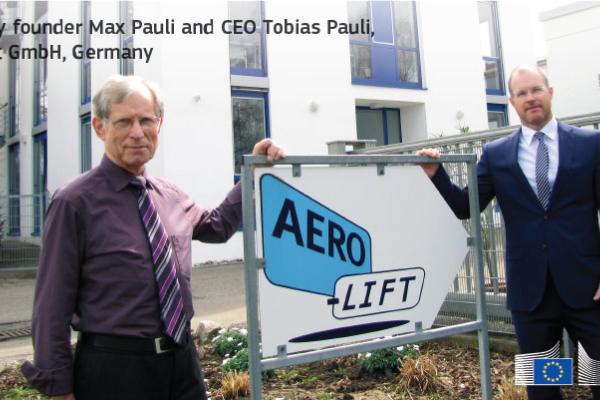- Country or region
- South Africa
- Trade topics
- Negotiations and agreements
- Trade policy
Since the EU and South Africa concluded a Trade, Development and Cooperation Agreement (TDCA) in 1999, the two parties have enjoyed solid and growing trade relations. In June 2016, the EU and South Africa – together with Botswana, Lesotho, Mozambique, Namibia and Swaziland – signed the Southern African Economic Partnership Agreement (SADC EPA) that regulates trade in goods between the two regions, thereby replacing the trade-related provisions of the TDCA.
Under the so-called 'SADC EPA', the EU has fully or partially removed customs duties on 98.7% of imports from South Africa while guaranteeing full free access for the rest of the signatory countries. Today the EU remains South Africa's biggest trade and investment partner.
Trade picture
- South Africa is the EU's largest trading partner in Africa. A member of the African Caribbean Pacific group of countries, South Africa is by far the strongest of sub-Saharan Africa's economies.
- South Africa's exports to the EU are growing and the composition of these exports is becoming more diverse. South Africa is gradually moving from mainly commodity-based products to a more diversified export profile that includes manufactured products.
- South Africa's primary exports to the EU are fuels and mining products, machinery and transport equipment, and other semi-manufactured goods.
- EU exports to South Africa are dominated by machinery and transport equipment, chemicals, and other semi-machinery items.
The EU and South Africa
South Africa is an emerging economy. Large parts of its population live in poverty. The EU is South Africa’s most important development partner by far, providing a significant proportion of the external assistance funds it receives. The asymmetric nature of the Economic Partnership Agreement (EPA) means that the African signatories are not required to respond with the same level of market openness that the EU provides.
The EPA contributes to improving the business climate between the partners by providing companies with a stable and forward-looking framework, in South Africa and across the Southern African region. It helps to boost bilateral and regional trade, thereby providing new opportunities to fulfil the objectives of the South Africa-EU Strategic Partnership.
The EU represents the most significant source of foreign direct investment (FDI) in South Africa. EU-based companies invest in a wide range of economic activities in South Africa and are major contributors to the country’s industrialisation and transformation agenda.
Following the termination of most Bilateral Investment Treaties with EU countries, South Africa adopted a Protection of Investment Act in 2015. The EU Chamber of Commerce and Industry in Southern Africa, established in 2015, provides a coherent approach on issues of concern to European businesses invested in the region.
Benefits of the Trade, Development and Cooperation Agreement
- The TDCA's liberalisation measures have been fully implemented. A large part of EU-South Africa trade is now subject to preferential rates. Since the signing of the agreement in 2000, trade between the EU and South Africa has improved substantially.
- Trade in goods between the two partners has increased by more than 120%.
- Foreign direct investment has also grown five-fold.
- This goes to show that EU-South Africa trade is about more than day-to-day trade and that the trade ties are solid and dynamic.
Trading with South Africa
- Importing into the EU from South Africa
- EU trade defence measures on imports from South Africa
- Exporting from the EU to South Africa
- Trade relations are part of the EU's overall political and economic relations with South Africa
- South Africa is a member of the World Trade Organization
- Sustainable impact assessment of the EU-African Caribbean Pacific Trade Relations of the Economic Partnership Agreements

The 2000 EU-South Africa trade deal has enabled a small manufacturer of industrial lifting equipment from south-west Germany to take advantage of new export opportunities and hire workers. Its equipment has helped to improve working conditions and promote equal opportunities in South Africa.
